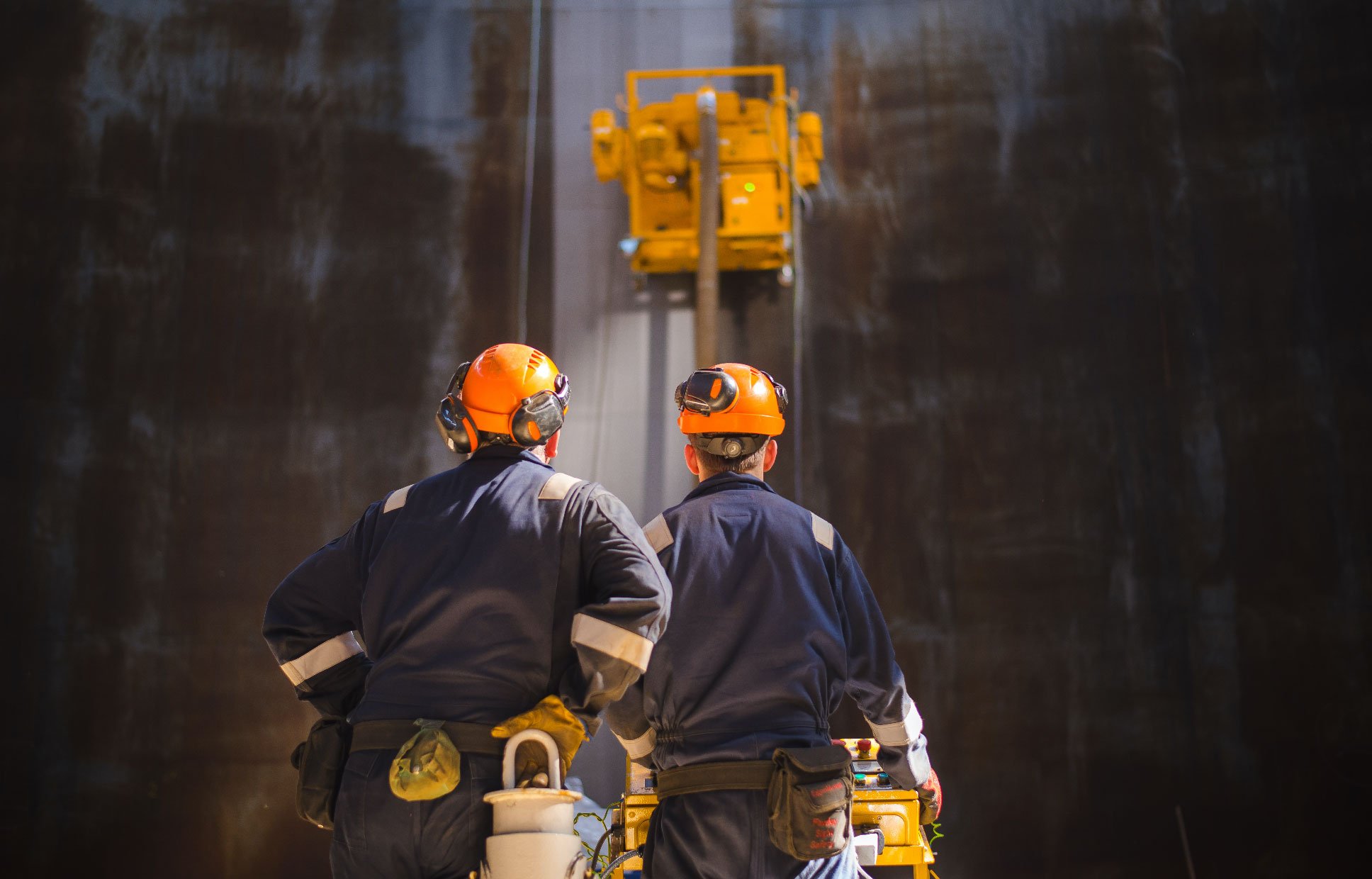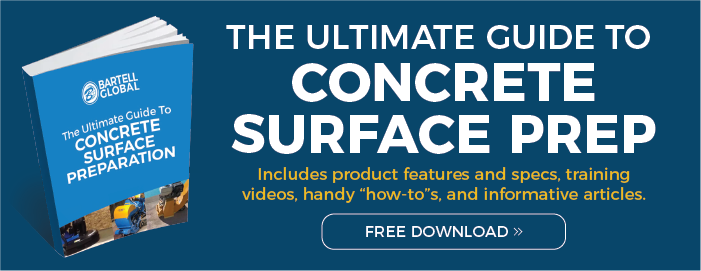Concrete Scarifying is a fairly basic operation, but like most construction-related operations, you can run into difficulties if you don’t know what you’re doing. There are some basic things that the pros do to ensure maximum scarifier productivity and profit. In this blog, we will highlight 3 tips from our experts to help those who are new to scarifying become more effective and productive with their equipment.
1) DON’T attempt to REMOVE TOO MUCH PER PASS
This is one of the most important things to pay attention to and something that many beginners don't realize. Scarifiers are set up to only remove a certain amount of concrete per pass. This amount will vary depending on the machine and motor size, as well as the concrete hardness. Regardless of the variables, if you try to force the machine to remove more than it's designed to, you could end up doing a few things…
-
You could damage your tooling and/or the cage of the machine
-
The internal machine parts can also get damages
-
Productivity will suffer in the long run because you’ll keep running into problems that will slow you down.
If you notice you are forcing the machine through the cuts, try taking less off at a time and do multiple passes. It might even be faster, even if it doesn't feel like it at the time. You will save a lot of money in fixing tooling and potentially even your machine.
2) CHOOSE THE RIGHT TOOLING
There are a few main types of tooling that are used with a concrete scarifier. Just like any other machine, you want to make sure that you use the most applicable tooling for the application to ensure optimum production and results.
Here is a brief overview of the main types of scarifier tooling
TCT Cutters
- For all concrete texturing, scabbling, planing, and grooving applications.
- Use on heavy applications for longer cutter life.
- This is the most common tooling used with a scarifier.
Beam Cutters
- A scarifier’s main job is to remove concrete. Removal of coatings is generally done with a grinder or shot blaster. However, beam cutters can remove paint, laitance, and most coatings from floors.
- Beam cutters offer a less aggressive profile than other scarifier tooling and are most commonly used for de-rusting and de-scaling ship decks, removal of grease buildup, dirt, and ice deposits.
Milling Cutters
- For removal of thermoplastic road/runway markings. Very efficient and cost-effective. It also eliminates the problems associated with the burning of thermoplastics which can happen with other techniques.
- Can also be used for the removal of bituminous and rubber deposits.
Wire Brushes
- Removal of light deposits, laitance, grease, oil, rubber deposits, rust, and flaky paint.
- Ideal for cleaning and polishing steel.
Make sure to some research so you are equipped with the best tooling for the job.
3) INVEST IN THE RIGHT MACHINE
Removing concrete requires an aggressive machine so depending on the job, make sure you are using a machine that will hold up to the challenge.
Using a machine with too small of a motor can result in the job taking much longer to finish and the life of the machine will be cut short because you will be pushing it too hard. If you are frequently doing heavy removal jobs, you may want to get a bigger machine with a larger motor that will increase your production rates and will be able to handle tough concrete removal.
At the end of the day, scarifying isn’t overly complicated. Just make sure that you understand what machines and tooling will work best for the job you’re doing and you will be scarifying like a pro in no time.


 By
By 